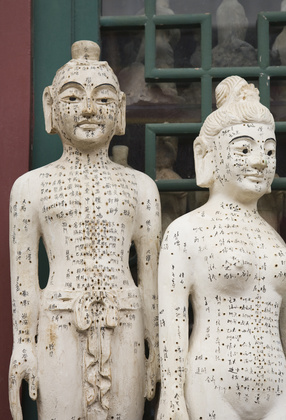
Modern replica of
ancient acupuncture
models
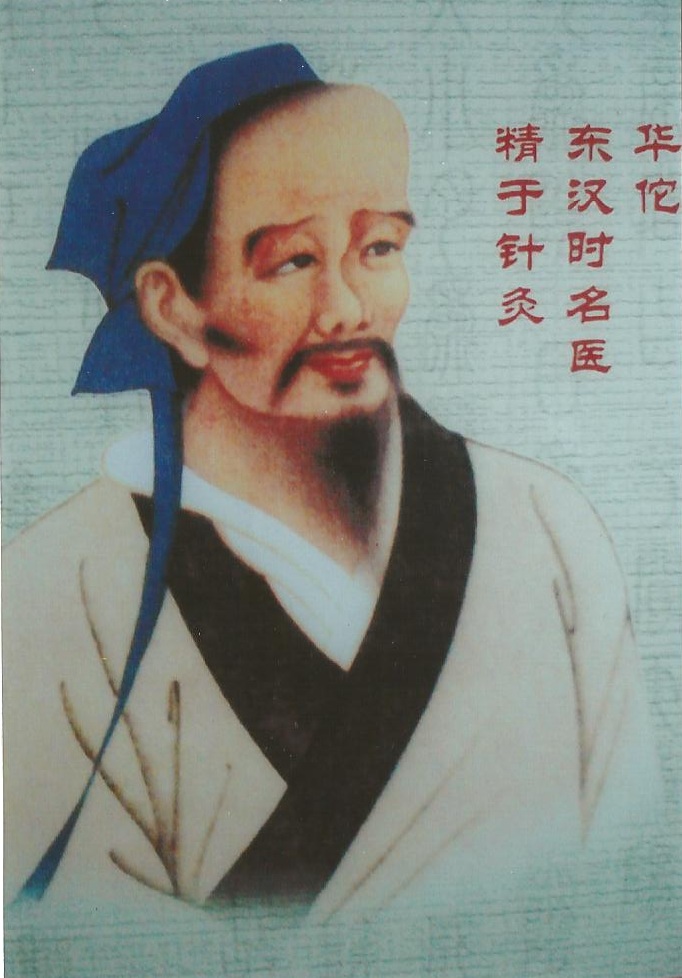
Hua Tuo
(140–208), a physician who lived during the Late Han Dynasy
and Three Kingdoms era of Chinese history. He was the
greatest surgeon in Chinese history. He is also known for
inventing a series of therapeutic health-cultivation exercises
called The Five Animal Frolics (Wu Qin
Xi).
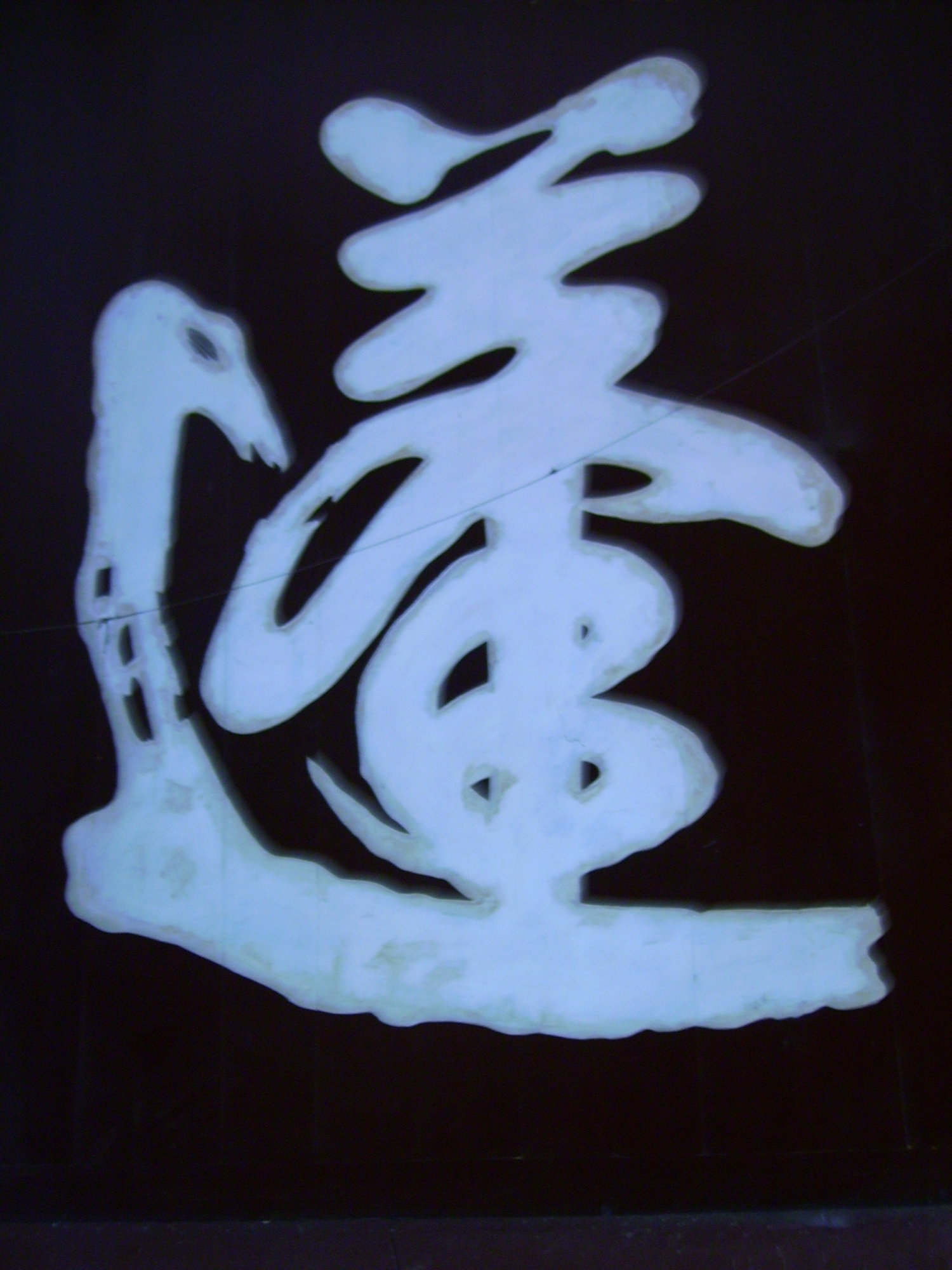
Chinese character for
"Dao",
the philosophical origin
of
Chinese
medicine
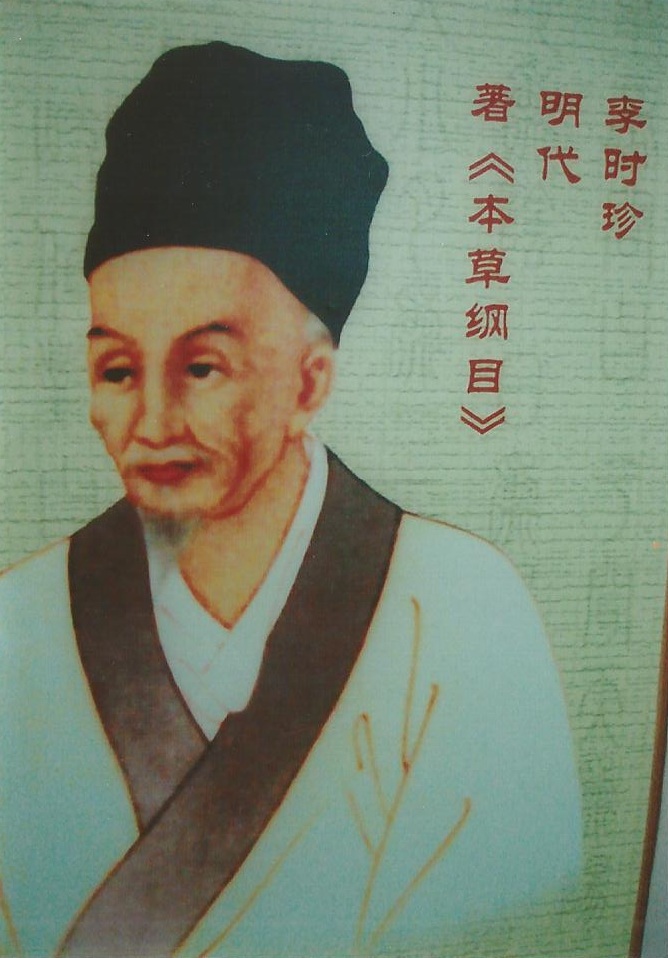
Li Shi-zhen (1518-1593), a
doctor renowned for his life's work, The Great Compendium of
Materia Medica
(Ben Cao Gang Mu), in which he
classified and detailed over 1,800 natural medicinal
substances. Dr. Li is also revered for his contribution to
the art of pulse diagnostics.
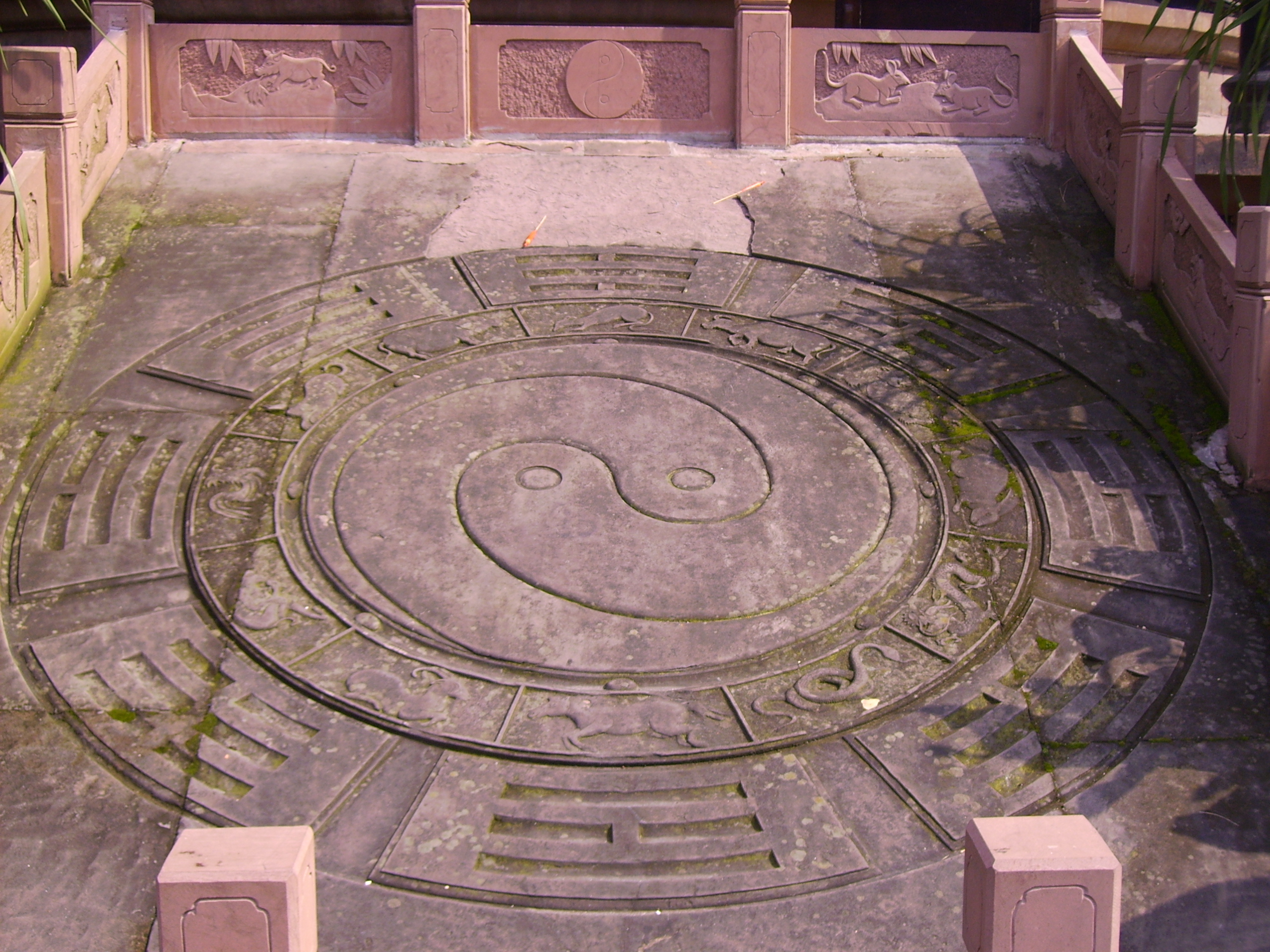
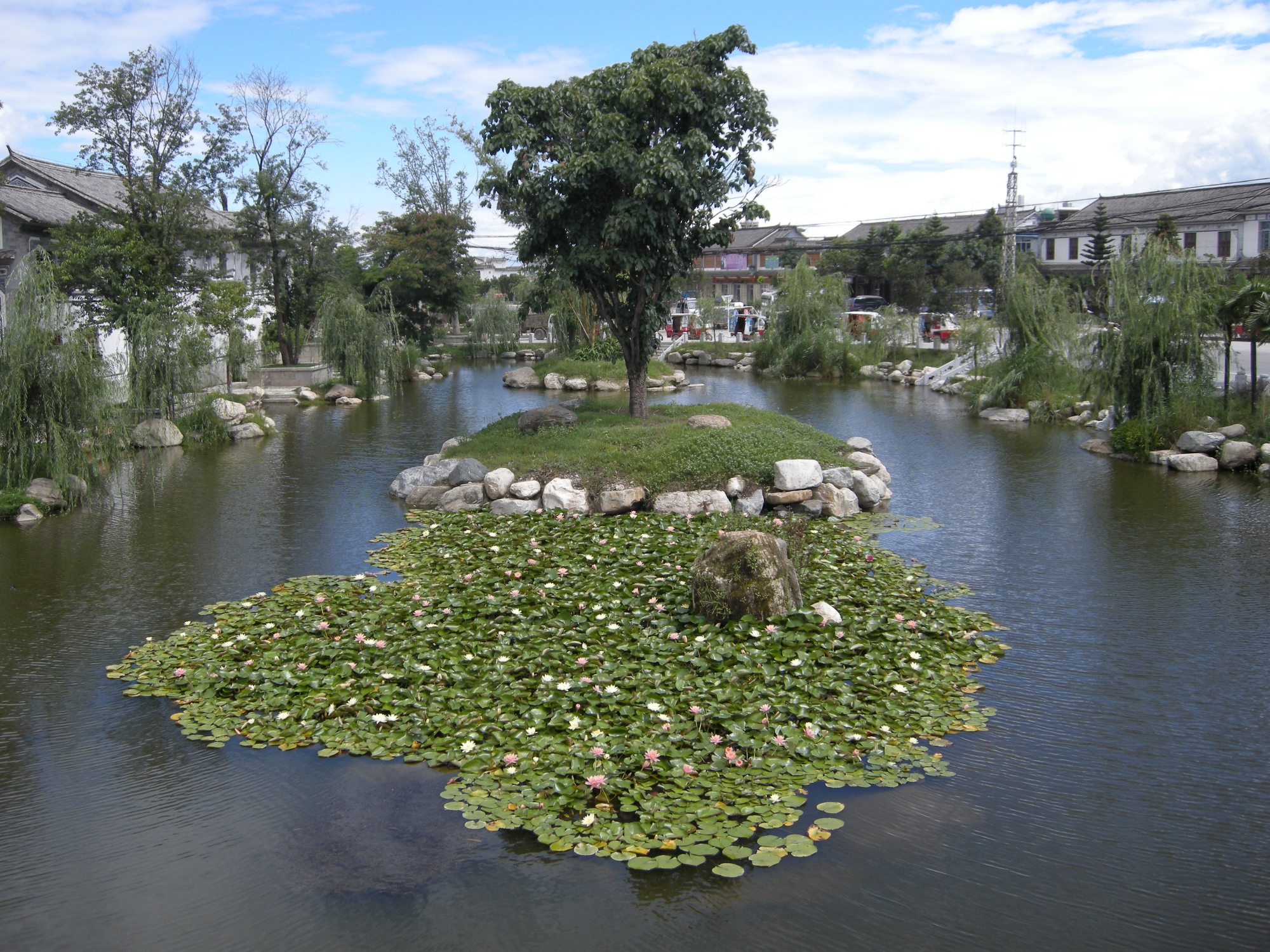
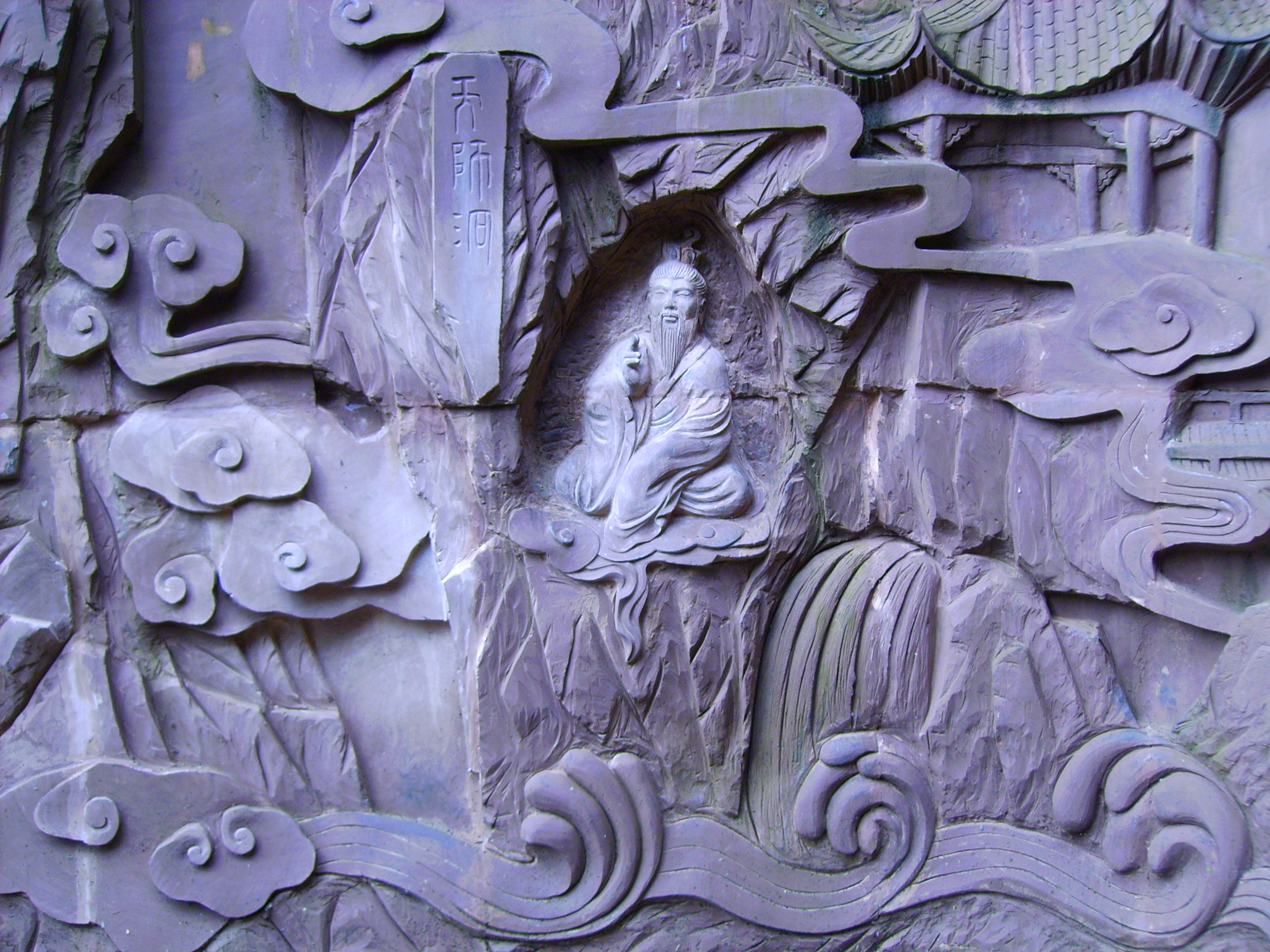
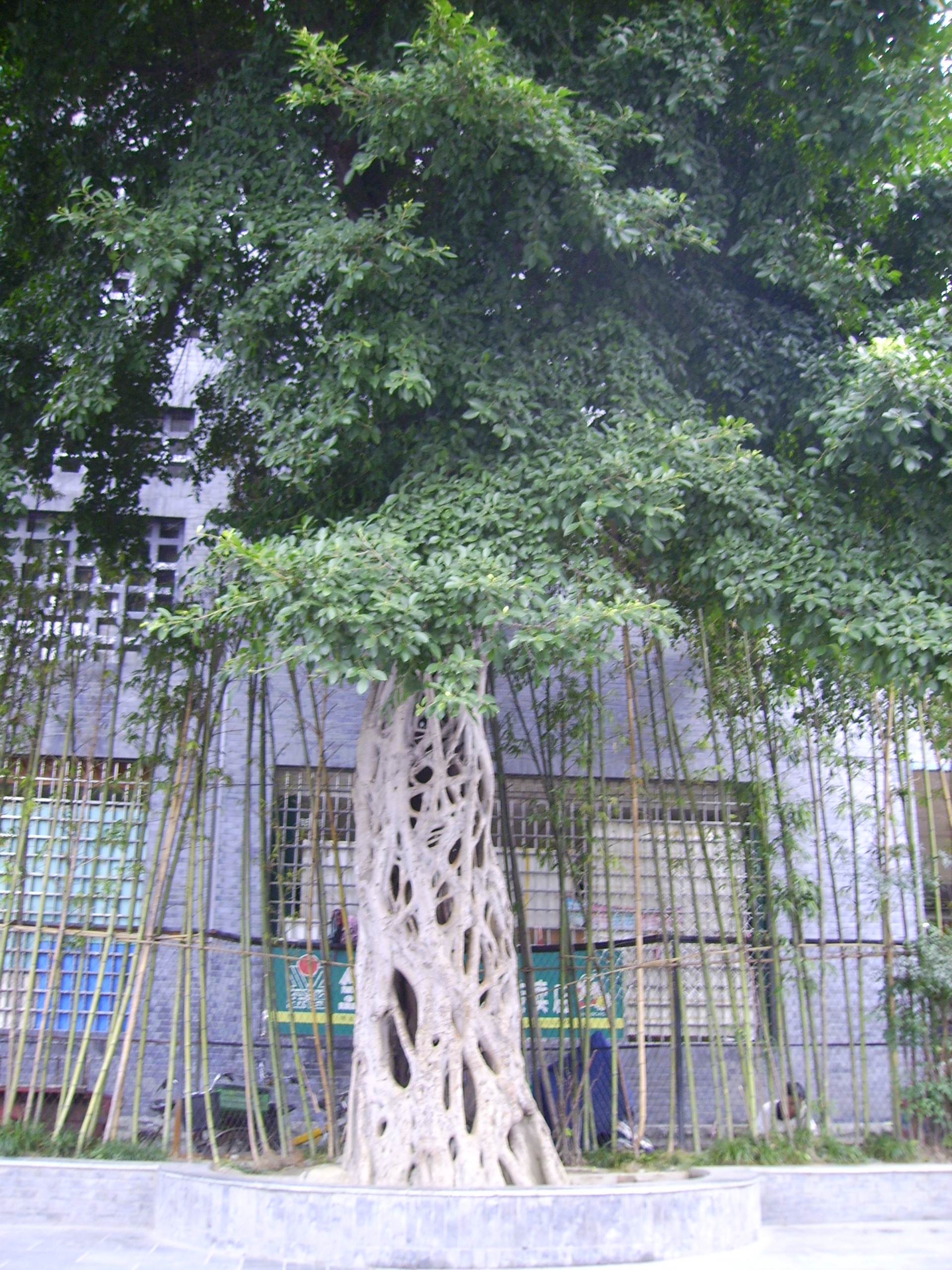
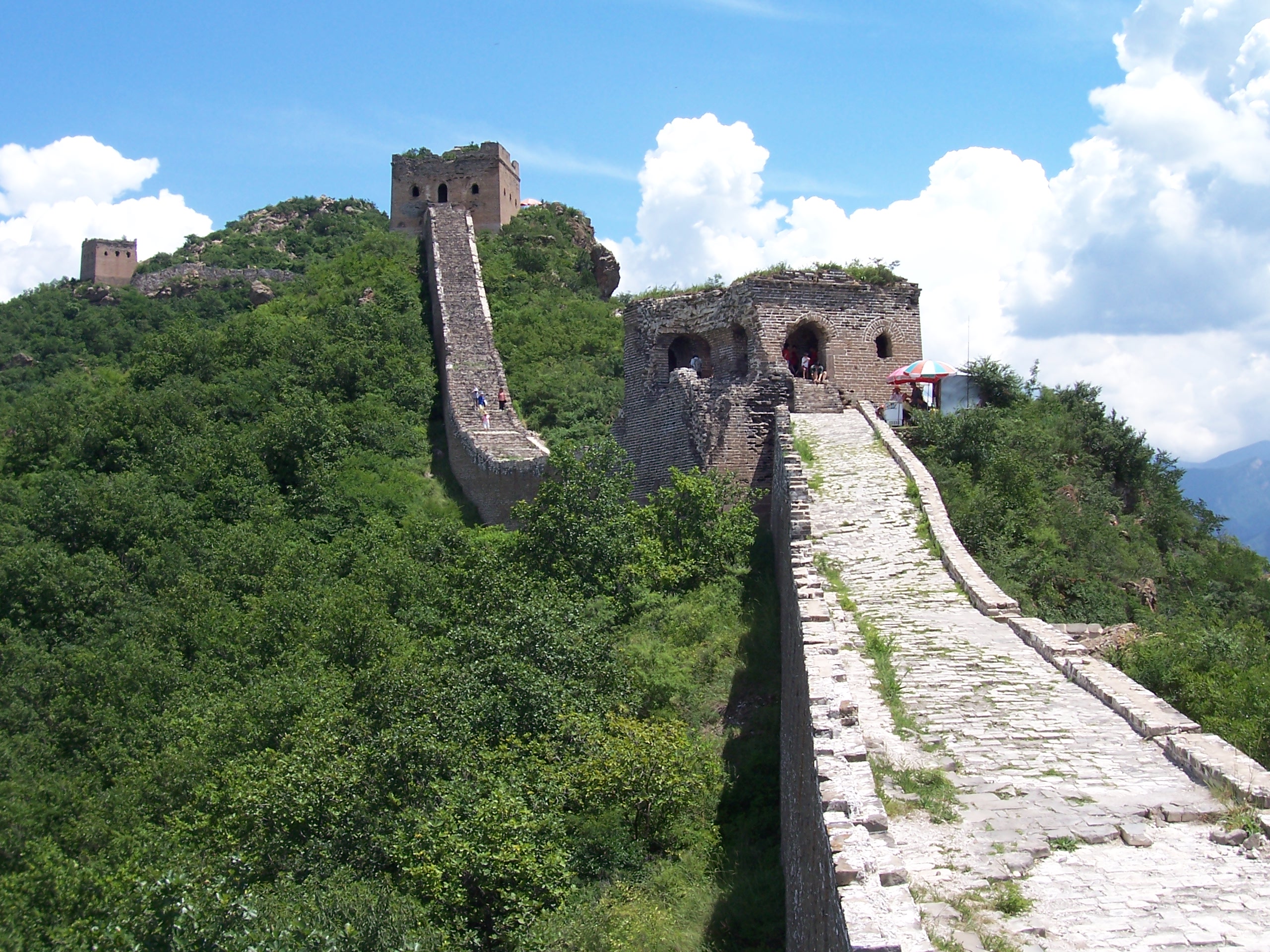
What is Chinese medicine?
It is the oldest continually practiced comprehensive system of healthcare in the world. It is a time-tested system of health care originating in China with a history of over 5,000 years. Written literature on Chinese medicine stretches back over 2,500 years. Chinese medicine is quickly becoming one of the two dominant medical systems in the world (the other being Western conventional medicine, of course). Today, a quarter of the world’s population utilizes the benefits of Chinese medicine. This number is growing daily.
What types of therapy does Chinese medicine include?
Common therapies include acupuncture, moxibustion, Chinese herbal medicine, cupping, gua sha, and dietary counseling.
Is
Chinese medicine safe?
When administered by a properly trained practitioner, Chinese
medicine (acupuncture, moxibustion, medicinal therapy, cupping,
etc.) is very safe. "In the hands of trained practitioners, the
risk of serious adverse events with acupuncture is very low,
estimated at 1:200,000; which is below that of many common Western
medical treatments." (Ref: White A. Accumulative review of the
range and incidence of significant adverse events associated with
acupuncture. Acupunct Med 2004;22(3):122-33)
How much training is required to become a licensed acupuncturist?
In the US, an entry-level degree in acupuncture is a master's
degree. The exact number of hours required varies by state. New
York and California have had the most rigorous education
requirements for acupuncture licensure. In California,
acupuncturists are considered primary care providers
(source: California
Acupuncture Board).
For example, in the state of New York, an eligible degree program includes a minimum of 4,050 hours of classroom instruction broken down into supervised clinical experience, and out-of-classroom or out-of-clinic study assignments. Each hour of classroom instruction requires two hours of out-of-classroom study assignments and each hour of supervised clinical experience requires one-half hour of clinic study assignments. As part of the 4,050 hours, the program must include at least 200 classroom instructional hours in the biosciences including anatomy, physiology and pathology, so that a licensed acupuncturist will have a well-rounded knowledge of the body systems, and be well-versed enough in these topics to communicate effectively with conventional Western medical doctors and other healthcare practitioners. (See the full NY state requirements here.)
The formal education requirement for acupuncture in the state of Hawaii is currently a total of 2,175 hours in academic and clinical training.
For more information on the education requirements for acupuncture licensure by state, see this website.
What is the difference between "acupuncture" and "medical acupuncture"?
The difference is in the
amount of training. "Medical acupuncture" is just a fancy name
given to acupuncture when practiced by medical doctors (and other
healthcare practitioners) who completed a total of 200 or less
hours of training in acupuncture. This ridiculously low amount of
training for medical professionals to be licensed in acupuncture is
allowed in some states, but not in the state of Hawaii. Imagine if
acupuncturists could complete 200 hours of training to become
medical doctors! Visit this
webpage for more info on "medical
acupuncture".
In Hawaii, medical doctors, osteopaths, physician assistants and chiropractors must all complete the same amount of training as described above (total of 2,175 hours) in order to be licensed to do acupuncture. (See this page for more info.)
What's the difference between apprenticeship and
formal education in Chinese
medicine?
Formal education is important because it provides structure and a good foundation of knowledge as well as exposure to all schools of thought within the profession. The human body is complex, and the dynamics of qi (energy) is even more so. Therefore, graduates often find that clinical practice does not always conform to the theory they learned in school. The missing links are often discovered through experience or learned during mentorship. Practical clinical knowledge can be passed down from mentor to apprentice so that the apprentice can build upon the wisdom accumulated throughout the mentor’s (and his/her mentor’s) lifetime. Some of this transmission is done in school, but only to an extent, because of time limitation. Your acupuncturist at Oahu Acupuncture and Herbs has completed four years of formal education and obtained a Master's degree in Acupuncture and Oriental Medicine. In addition, she received three years of training as an apprentice to a master acupuncturist.
What are the education requirements for Chinese Herbal Medicine?
A knowledge of a
minimum of around 300 commonly used medicinals are required to take
the Board Examination (given by a private testing organization
called National Certification Commission of Acupuncture and
Oriental Medicine, NCCAOM for short). Not all licensed
acupuncturists received formal training in Chinese herbal medicine,
but the acupuncture license now includes Chinese herbal medicine in
its scope of practice in many states in the US. Acupuncturists who
also practice Chinese herbal medicine are often called "Chinese
medicine practitioners", as both disciplines belong to Chinese
medicine. Acupuncturists who are board certified in Chinese herbal
medicine often carry the title "Dipl.OM" or "Dipl.CH" after their
names, which stand for "Diplomate of Oriental Medicine" and
"Diplomate of Chinese Herbology",
respectively.
Is Chinese medicine just superstitious hocus-pocus or a placebo effect?
Certainly not. The body of Chinese medical knowledge is the result of the cumulative experience of highly educated and brilliant doctors throughout Chinese history. Their medical skills and knowledge were carefully documented and passed on through hundreds of books and continuously added to and refined by new generations of practitioners. Chinese medicine is constantly being perfected by combining ancient wisdom with modern innovative applications. In addition, Chinese medicine (acupuncture and herbal medicine) works on animals, who have no preconceived notions or biases to create a placebo effect. Also, just the fact that Chinese medicine has survived to this day attests to its validity and effectiveness. Chinese medicine works on skeptics too. See Show Me the Science for more info.
How long has Chinese medicine been practiced in the United States?
Chinese medicine has been practiced in the US as a mode of healthcare since the very first Chinese immigrants came to this country (1800's). It has been practiced as a licensed profession in the US since the 1970’s. Hawaii was one of the first states to have licensure for the profession.
Where else is Chinese medicine used as health care?
It is currently practiced in many countries around the world.
How does Chinese medicine work?
As a holistic system of healthcare, Chinese medicine analyzes disease from the entire picture of health – mind, body, and spirit. The relationships among organs, vital substances, emotions, and psyche are all taken into consideration when evaluating a person’s health.
Chinese medicine sees disease as an imbalance within the body due to various internal or external causes. For example, in internal diseases, the imbalance often starts off as an energetic disharmony (such as qi stagnation), in which case the signs and symptoms are mild with no physical changes of body tissue, before the illness is measureable by diagnostic imaging (Xrays, MRIs, CT scans, etc). This is when Chinese medicine is especially useful. When an energetic disharmony is left untreated over a period of time, it can lead to illness with physical changes (such as growth of body tissue) that are measureable by lab tests and diagnostic imaging. This stage of disease is often relatively more difficult to treat, but can still be helped by Chinese medicine. Severe, debilitating diseases require co-treatment with both conventional medicine and Chinese medicine for optimal results.
Chinese medicine diagnoses disease based on patterns of energetic imbalance unique to each person with a particular condition. For instance, one person’s rheumatoid arthritis may be diagnosed and treated differently than another person’s rheumatoid arthritis, based on each individual's unique symptom totality. A simple example of symptom totality would be: perhaps one person with RA is easily cold, desires warm drinks, and tends towards loose stool or diarrhea, while another person with RA is easily hot, desires cold drinks, and tends to be constipated. They would be treated with completely different approaches in Chinese medicine.
Through inquiry and examination, a Chinese medical practitioner finds the unique pattern of illness for each individual before determining the appropriate treatment. Chinese medical treatment modalities such as acupuncture, moxibustion, and herbal medicine work to correct the energetic or physical imbalance that is causing the illness. It does this through different ways – for example, acupuncture or tui na (medical massage) to move qi and stimulate the body’s own ability to heal, moxa and herbs to add energy to the body where needed, herbs to drain where there is accumulation of toxins, and cupping, gua sha, or other related therapies to move and restore the flow of blood and fluids. All of these types of treatment can restore balance to the body. Once balance is restored, the signs and symptoms of disease will start to diminish and eventually disappear.
See Links and Videos and Show Me the Science for more info.
What is “qi”?
Qi (formerly spelled “chi” in Wade-Giles Romanization), pronounced “chee”, is vital energy. All of our organs and body tissues are infused with this energy. Qi travels along many branching and interconnecting pathways in the body called “channels” or “meridians”.
How is Chinese medicine explained in Western scientific terms?
Since Chinese medicine does not view the body in the same way that Western medicine does, it is basically impossible to explain the whole of Chinese medicine in Western scientific terms. Over the last few decades, however, there have been innumerous reports from scientific research on the beneficial effects of Chinese medicine for a wide range of diseases. Some parallels between Chinese medicine and Western medicine have been drawn from these studies, and, as a result, more people unfamiliar with Chinese medicine are willing to experience the benefits of acupuncture, moxibustion, herbal medicine, and other treatment modalities.
Still, many concepts and phenomena recognized in Chinese medicine remain inexplicable by Western scientific means. For example, in Chinese medicine, the normal functioning of a person’s psyche and emotions are attributed to the health of the organs: the heart stores memory; poor liver health results in excessive rage and vice versa; etc.
It’s important to acknowledge that Chinese medicine has been around for several millennia, and it is a complete, comprehensive system of medicine in and of itself, with its own unique way of describing the physiological and pathological processes of the body. To date, there is no instrument in existence which can measure what we call qi in Chinese medicine. The scientific community has given it a name – putative energy, but they don’t really know what it is or the role it plays in health and disease. There are numerous acupuncture studies that show the results of qi at work, but they don’t explain how the stimulation of the qi in the channels caused those results, because qi cannot be imaged or measured.
Acupuncture is placed in the category of “energy therapy.” For example, an article from the journal Annual Review of Medicine (Berman et al., 2004) states:
“A variety of approaches invoke energy systems as vehicles for healing. Some are understood through contemporary physics, such as magnets, whereas others engage putative energies that remain to be demonstrated objectively. For example, certain Asian traditions attribute health to the proper flow of vital energies (referred to as ‘qi’) through the body. Acupuncture was originally conceived to restore the flow of qi.”
In her book, Integrative Medicine for Children, Dr. May Loo (2009, p. 48) writes:
"Energy medicine deals with energies of two types: veritable, which can be measured, and putative (also called biofields), which has yet to be measured. The veritable energies use mechanical vibrations (e.g., sound) and electromagnetic forces, including visible light, magnetism, monochromatic radiation (e.g., laser beams), and rays of specific, measurable wavelengths and frequencies to treat patients. Putative energy fields, on the other hand, have defied reproducible measurement. Therapies involving putative energy fields are based on the concept that the human body is infused with energy; this vital energy or life force is known under different names in different cultures, such as Qi in traditional Chinese medicine (TCM), ki in the Japanese Kampo system, doshas in Ayurvedic medicine, and elsewhere as prana, etheric energy, fohat, orgone, odic force, mana, and homeopathic resonance."
See Links and Videos and Show Me the Science for more info.
What is acupuncture?
Acupuncture is the insertion of ultra-thin needles into specific points on the body along energetic pathways called channels or meridians for the purpose of activating the body's own healing mechanism.
How does acupuncture work?
The needles are inserted into points that are appropriate to the health problem being treated. This stimulates the qi (pronounced "chee", meaning life force energy) of the channel to produce the desired healing effect. Points for needling are chosen based on your condition and unique constitution.
I had acupuncture once but it didn't work for me. Why?
For the
answer to this question, see: When Acupuncture Does Not
Work.
How was acupuncture invented?
Despite popular theory, acupuncture was not discovered by accident during times of war when people threw spears and arrows at each other and later found that their wounds caused spontaneous healing of their health problems. The truth is, we owe tremendous gratitude to Daoist adepts for the contribution of acupuncture as a healing art. Accomplished Daoist adepts achieved heights of supernatural ability through their consistent, arduous practice of esoteric arts (i.e., nei gong or internal cultivation). For instance they acheived the ability to directly perceive the energy of the body. When they were in states of heightened awareness during practice, they could "see" the energetic pathways (channels or meridians) in the human body in states of normal health and disease. What they perceived and transmitted to the public is the core foundation upon which all of Chinese medicine (including acupuncture) was built.
Those of you who might
doubt the validity of my statements above should know that such
abilities to perceive the body's channels and acupoints have been
recorded extensively in Daoist classics throughout Chinese history.
(See Links and Videos.)
One of the pictures to the left of this text is of Hua Tuo, a
famous historical figure in Chinese medical history. He was someone
who could see energy. Hua Tuo was one of the few Chinese doctors in
ancient times who performed surgery. He did not pass on his
knowledge of surgical techniques because he decided that it was
easier and more efficient to treat disease before it reaches the
severity that requires cutting into the body. In fact, historically
and even today, unnecessary surgery was
frowned upon in traditional Chinese medicine because, any time your
body is cut open, your channels and health constitution are
affected. However, we
must acknowledge and honor the obvious life-saving capacity of
necessary surgery, such as in cases of emergencies and
certain prognoses. As with any decision regarding medical
procedures, the individual's risk-to-benefit ratio must be
taken into account.
What should I do before an acupuncture session?
What should I do immediately after an acupuncture session?
Here is a great article on some acupuncture myths debunked. It will help you understand acupuncture a little better.
http://acutakehealth.com/have-you-heard-these-acupuncture-myths
Is there any scientific proof that acupuncture can effectively treat disease?
See Show Me the Science. The 1997 National Institute of Health Consensus Conference on Acupuncture stated:
- "The data in support of acupuncture are as strong as those for many accepted Western medical therapies.”
- "One of the advantages of acupuncture is that the incidence of adverse effects is substantially lower than that of many drugs or other accepted medical procedures used for the same conditions."
There are many scientific research articles published by reputable institutions and posted on the NIH (National Institutes of Health) website that confirm the effectiveness of acupuncture and Chinese herbal medicine.
References
Loo, M. (2009). Integrative Medicine for Children.St. Louis, MO: Saunders, an imprint of Elsevier Inc.
Berman, J. D., & Straus, S. E. (2004). Implementing a research agenda for complementary and alternative medicine. Annual Review of Medicine, 55, 239–254. https://doi.org/10.1146/annurev.med.55.091902.103657